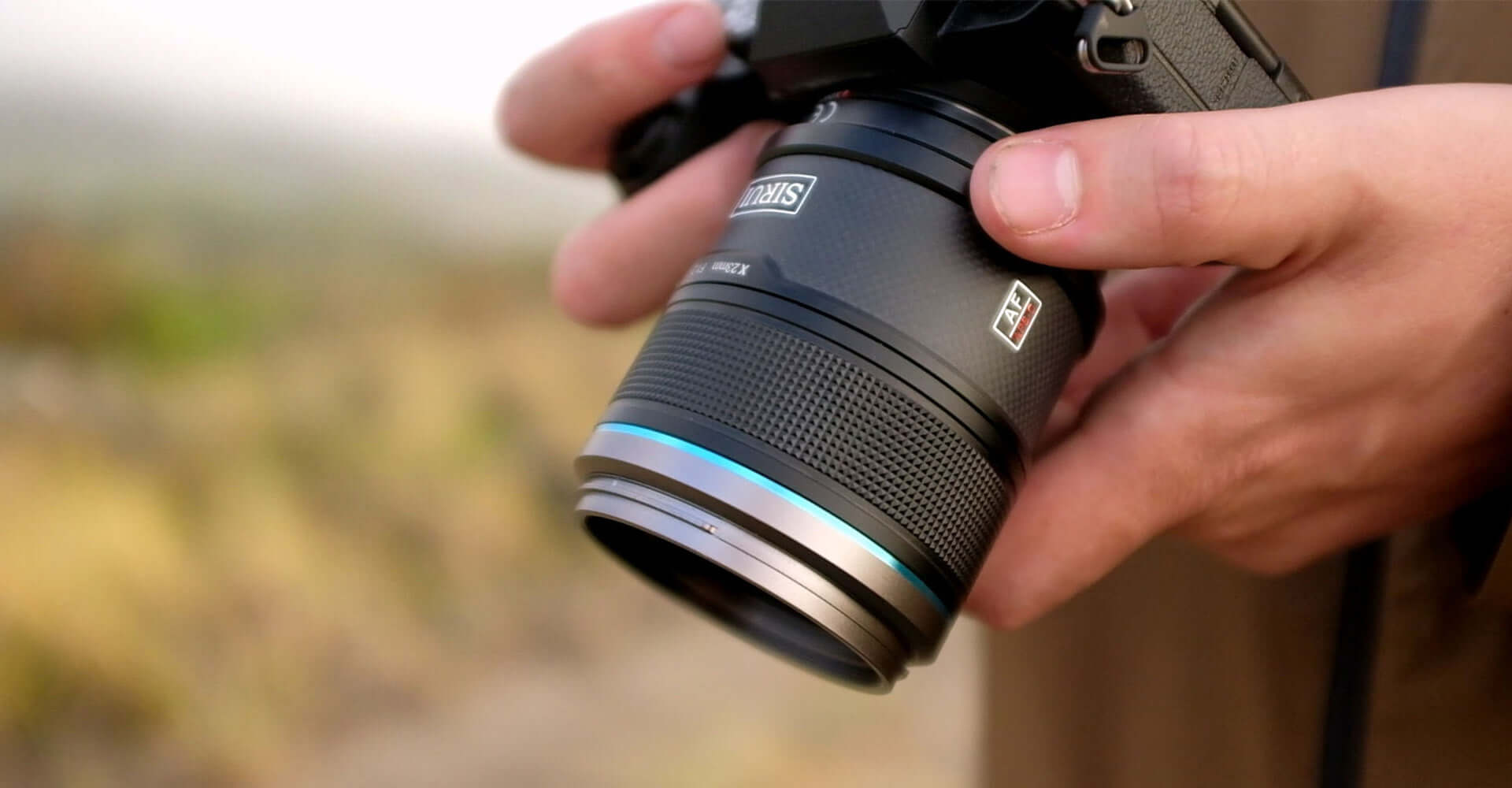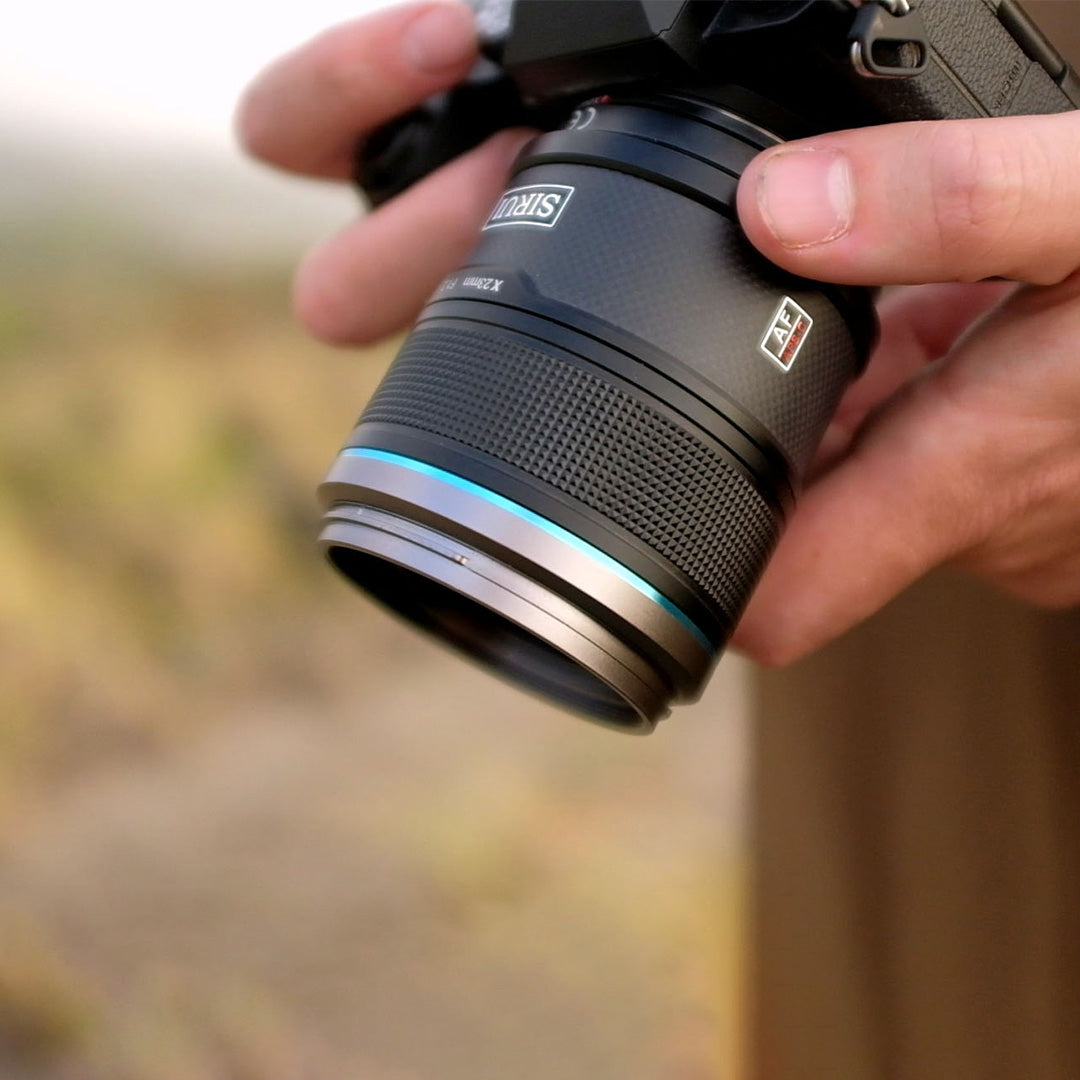
Photography in a dynamic outdoor environment presents a rewarding challenge for advanced photographers. When moving with a hiking group, the camera is not just a tool – it becomes an extension of one's perception. To capture authentic, flowing moments, it requires not only technical skill but also a keen sense of rhythm, spatial awareness, and disciplined handling of the lens.
Lens Strategy in Motion
For follow-cam shots in rough terrain, prime lenses offer a lightweight, optically superior solution that rewards deliberate composition. Although they lack the flexibility of zoom lenses, prime lenses impress with image sharpness, brightness, and simplicity – crucial advantages in uneven terrain.
The choice of the right focal length depends on the intended storytelling. Wide-angle primes like 23mm or 28mm are ideal for capturing the subject in context – surrounded by landscape and atmosphere. Medium telephoto lenses like 50mm or 85mm, on the other hand, isolate details and emotions. With a fixed focal length, your own feet become the zoom – therefore, anticipatory framing and physical flexibility are required.
Equally important are balance and handling. Compact, well-balanced prime lenses reduce fatigue and enable smoother handheld shots – especially during longer ascents. Pay attention to lenses with internal focusing and weather sealing to handle quick movements and changing outdoor conditions without performance loss.
Movement, Composition, and Subject Awareness
Success on the trail depends on smooth coordination with the subject. Learn the rhythm of your companion – steps, pauses, glances – and act proactively rather than just react. Walk calmly and softly, maintain a constant distance to preserve the frame. When filming handheld, active stabilization and good posture make a noticeable difference in quality. For gimbal users, it is worthwhile to adjust PID values depending on the terrain to avoid overcorrections.
Use foregrounds creatively – leaves, branches, rocks – to create movement and depth. This guides the viewer's gaze without overloading the image.

Outdoor follow-cam photography means synchronizing with both the environment and the human movement within it. With the right lens choice and refined tracking technique, you can create shots that feel organic, immersive, and deeply cinematic – something that elevates a hike from simple documentation to visual storytelling.





